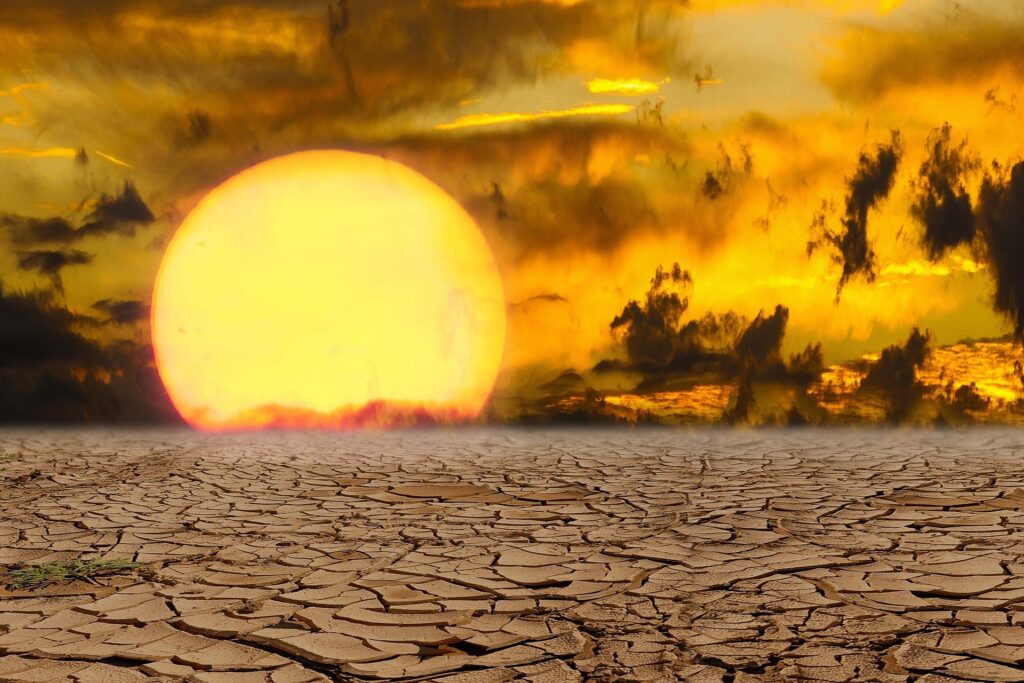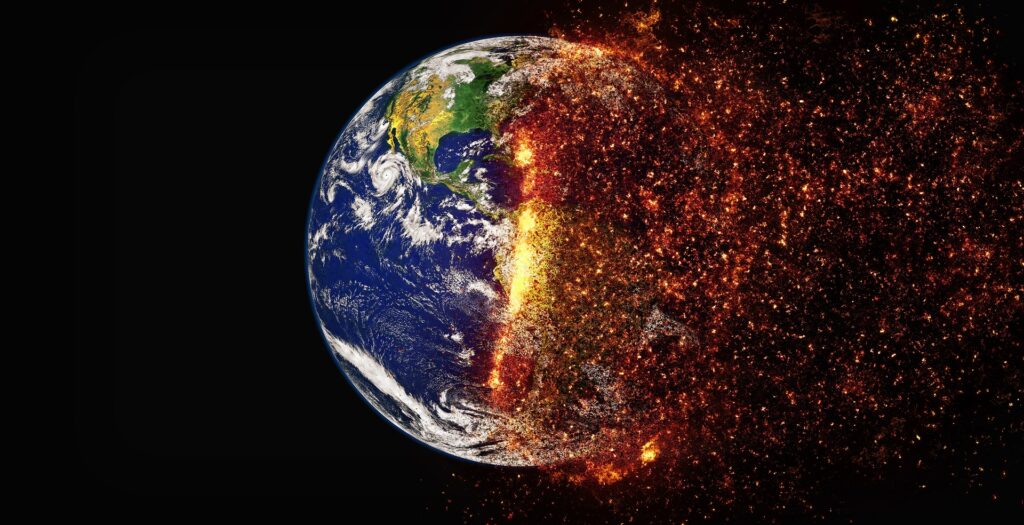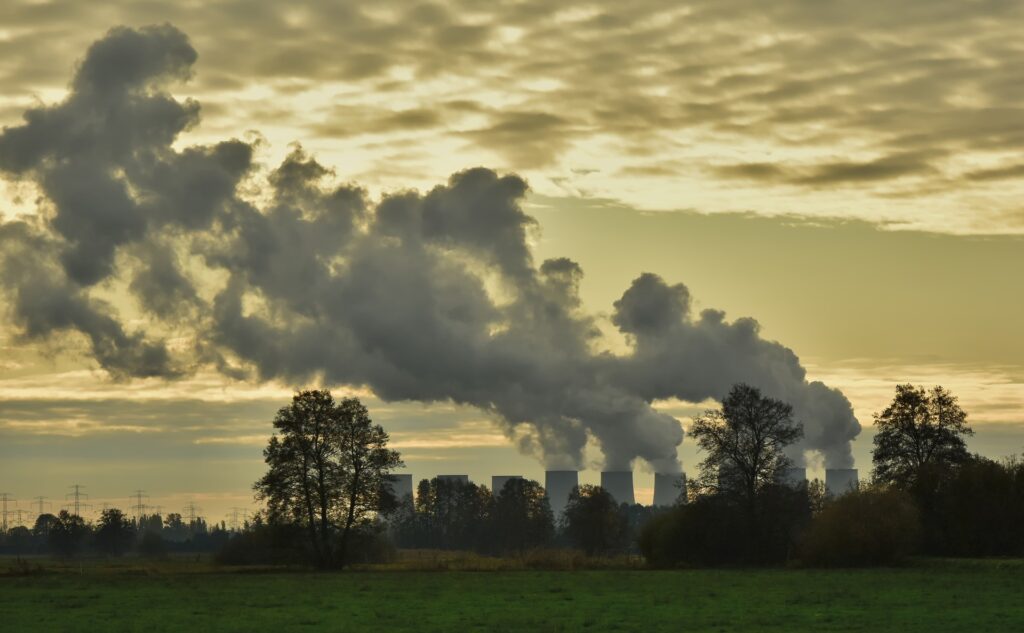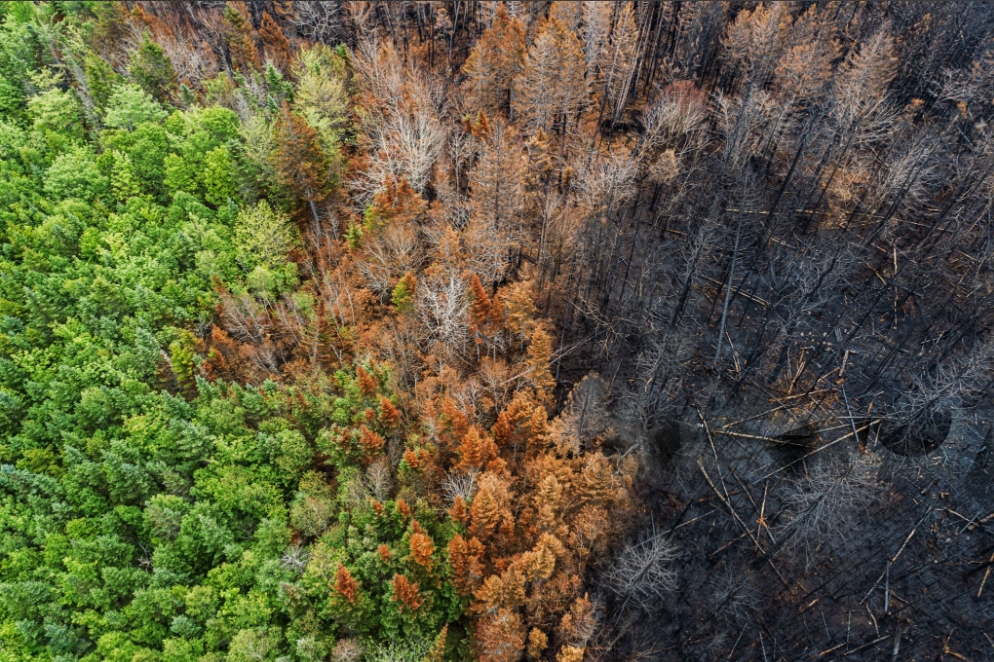Introduction
Climate change and global warming are hotly debated issues (joke planned) that everybody’s humming about nowadays. Yet, what precisely do these terms mean, and for what reason would it be a good idea for us to mind? This article will jump profound into the circumstances and results of climate change, give a few interesting global warming realities, and investigate functional answers to battle this worldwide issue. Thus, snatch some espresso (or a chilled tea, taking into account the increasing temperatures), and how about we investigate the sizzling universe of Climate change!

What’s the Difference? Climate Change vs. Global Warming
Before we jump into the bare essentials, we should clear up a typical disarray: climate change and global warming. They’re frequently utilized conversely, yet they’re not the same thing.
Climate Change
Climate change alludes to massive changes in global temperatures and weather conditions over the long haul. While environmental change is a characteristic peculiarity, human exercises have sped up the interaction emphatically.
Global Warming
Global warming is a particular part of environmental change. It alludes to the climb in worldwide temperatures because of expanded degrees of ozone-depleting substances, basically carbon dioxide, in the air. All in all, global warming is the “warming” part of the more extensive “environmental change” picture.
Causes of Climate Change
Understanding the causes of climate change is crucial to addressing it. Here are the main culprits:
Greenhouse Gas Emissions
- Carbon Dioxide (CO2): Released by burning fossil fuels (coal, oil, natural gas) for energy and transportation.
- Methane (CH4): Emitted during the production and transport of coal, oil, and natural gas. Also released by livestock and other agricultural practices.
- Nitrous Oxide (N2O): Produced by agricultural and industrial activities, as well as during the combustion of fossil fuels and solid waste.
- Chlorofluorocarbons (CFCs): Synthetic compounds used in refrigeration, air conditioning, and aerosol propellants. Though largely phased out, they linger in the atmosphere.
Deforestation
Trees absorb CO2, so chopping them down diminishes the planet’s ability to sequester carbon. Deforestation likewise disturbs environments and adds to biodiversity misfortune.
Industrial Activities
Factories and industries emanate enormous amounts of ozone-harming substances. They likewise produce contaminations that add to dangerous atmospheric deviation and ecological corruption.
Agricultural Practices
Modern agriculture depends intensely on engineered manures, pesticides, and water systems, all of which add to ozone-depleting substance emanations. Domesticated animal cultivating, specifically, produces huge methane outflows.

Transportation
Vehicles, trucks, planes, and ships consume petroleum products, delivering CO2 and different contaminations into the atmosphere. The rising number of vehicles out and about worsens the issue.
Effects of Global Warming
The impacts of global warming are as of now being looked at by the world, and they’re simply expected to deteriorate. Here are probably the main effects:
Rising Temperatures
Global temperatures have increased by around 1.2 degrees Celsius since the 19th century. While this probably won’t seem like a lot, it significantly affects the planet’s environment and biological systems.
Melting Ice Caps and Glaciers
The polar ice covers and glaciers are liquefying at a disturbing rate, adding to rising ocean levels. This compromises waterfront networks and environments.
Sea Level Rise
Increasing temperatures make seawater grow and ice dissolve, prompting higher ocean levels. This can bring about waterfront disintegration, expanded flooding, and the relocation of networks.
Extreme Weather Events
Global warming is connected to an expansion in the recurrence and seriousness of outrageous climate occasions, for example, storms, heat waves, dry seasons, and heavy rainfall.
Ocean Acidification
Ocean assimilates around 30% of the CO2 delivered into the environment. This prompts sea fermentation, which can hurt marine life, especially shellfish and coral reefs.
Loss of Biodiversity
Climate change disturbs biological systems and living spaces, jeopardizing numerous types of eradication. This deficiency of biodiversity can have flowing consequences for the environment and human livelihoods.

Fascinating Global Warming Facts
Let’s hit pause on the doom and gloom for a moment and explore some eye-opening facts about global warming:
- Record Temperatures: The 20 warmest years on record have all occurred since 2001, with 2016 being the hottest year yet.
- CO2 Concentration: The concentration of CO2 in the atmosphere is higher now than at any point in at least 800,000 years.
- Rising Sea Levels: Sea levels have risen by about 8 inches since 1880, and the rate of increase is accelerating.
- Heatwaves: The frequency and duration of heatwaves have increased, with some regions experiencing temperatures above 50 degrees Celsius.
- Wildfires: Increased temperatures and prolonged droughts have led to more frequent and severe wildfires, particularly in places like California and Australia.
Climate Change Solutions
Now that we comprehend the circumstances and results of climate change, this is the right time to investigate a few arrangements. Here are viable advances we can take to relieve global warming:
Renewable Energy
Changing to environmentally friendly power sources, for example, sun-oriented, wind, and hydroelectric power, can essentially decrease ozone-depleting substance discharges.
Energy Efficiency
Further developing energy proficiency in homes, structures, and transportation can bring down energy utilization and decrease outflows. Straightforward activities like utilizing energy-productive machines, protecting homes, and driving fuel-efficient vehicles can have a major effect.
Reforestation and Afforestation
Establishing trees and reestablishing woodlands can assist with engrossing CO2 from the atmosphere. Supporting reforestation and afforestation projects is a strong method for combatting climate change.
Sustainable Agriculture
Taking on supportable rural practices, like harvest revolution, diminished culturing, and natural cultivating, can lessen ozone-depleting substance discharges and upgrade soil well-being.
Public Transportation and Electric Vehicles
Advancing public transportation, cycling, and strolling can decrease dependence on petroleum derivative-fueled vehicles. Also, putting resources into electric vehicles and charging frameworks can assist with lessening outflows from transportation.
Reducing Waste
Limiting waste through reusing, treating the soil, and decreasing utilization can bring down discharges from squandering the board processes. Decreasing food squandering is especially significant, as it represents a huge part of global emissions.
Supporting Climate Policies
Pushing for and supporting arrangements that plan to decrease ozone-depleting substance outflows, advance environmentally friendly power, and safeguard regular territories is essential. Deciding in favor of pioneers who focus on environmental activity can drive fundamental change.

Personal Actions
Individual actions can also make a difference. Here are some simple steps to reduce your carbon footprint:
- Eat Less Meat: Reducing meat consumption, particularly beef and lamb, can lower methane emissions.
- Use Public Transport: Opting for buses, trains, or carpooling reduces the number of vehicles on the road.
- Conserve Energy: Turning off lights, unplugging electronics, and using energy-efficient appliances can reduce energy consumption.
- Support Sustainable Brands: Choosing products from companies that prioritize sustainability and environmentally friendly practices.
Conclusion
Climate change and global warming are overwhelming difficulties, however, they’re not inconceivable. By figuring out the circumstances and results, spreading consciousness of global warming realities, and effectively chasing after Climate change arrangements, we can relieve their effect and make a maintainable future. Keep in mind, that each little activity counts, and together, we can have a tremendous effect. In this way, we should focus and get to chip away at saving our planet!
FAQ’s
What is the primary cause of global warming?
The essential driver of global warming is the expansion in ozone-depleting substances, like carbon dioxide, methane, and nitrous oxide, because of human exercises like consuming petroleum derivatives, deforestation, and industrial processes.
How can renewable energy help combat climate change?
Sustainable power sources, such as sun-oriented and wind, produce practically zero ozone-harming substance outflows, making them a cleaner option in contrast to petroleum products. Changing to environmentally friendly power can essentially diminish our carbon impression.
What can individuals do to fight climate change?
People can make a few moves, for example, decreasing energy utilization, utilizing public transportation, eating a plant-based diet, supporting the environment with cordial strategies, and upholding supportability.
How does deforestation contribute to climate change?
Deforestation lessens the quantity of trees that can assimilate CO2 from the atmosphere, expanding the convergence of ozone-depleting substances. It likewise upsets biological systems and adds to biodiversity misfortune.
Are electric vehicles better for the environment?
Yes, electric vehicles produce fewer emanations than conventional gas-fueled vehicles, particularly when accused of environmentally friendly power. They assist with diminishing air contamination and reliance on petroleum derivatives.






